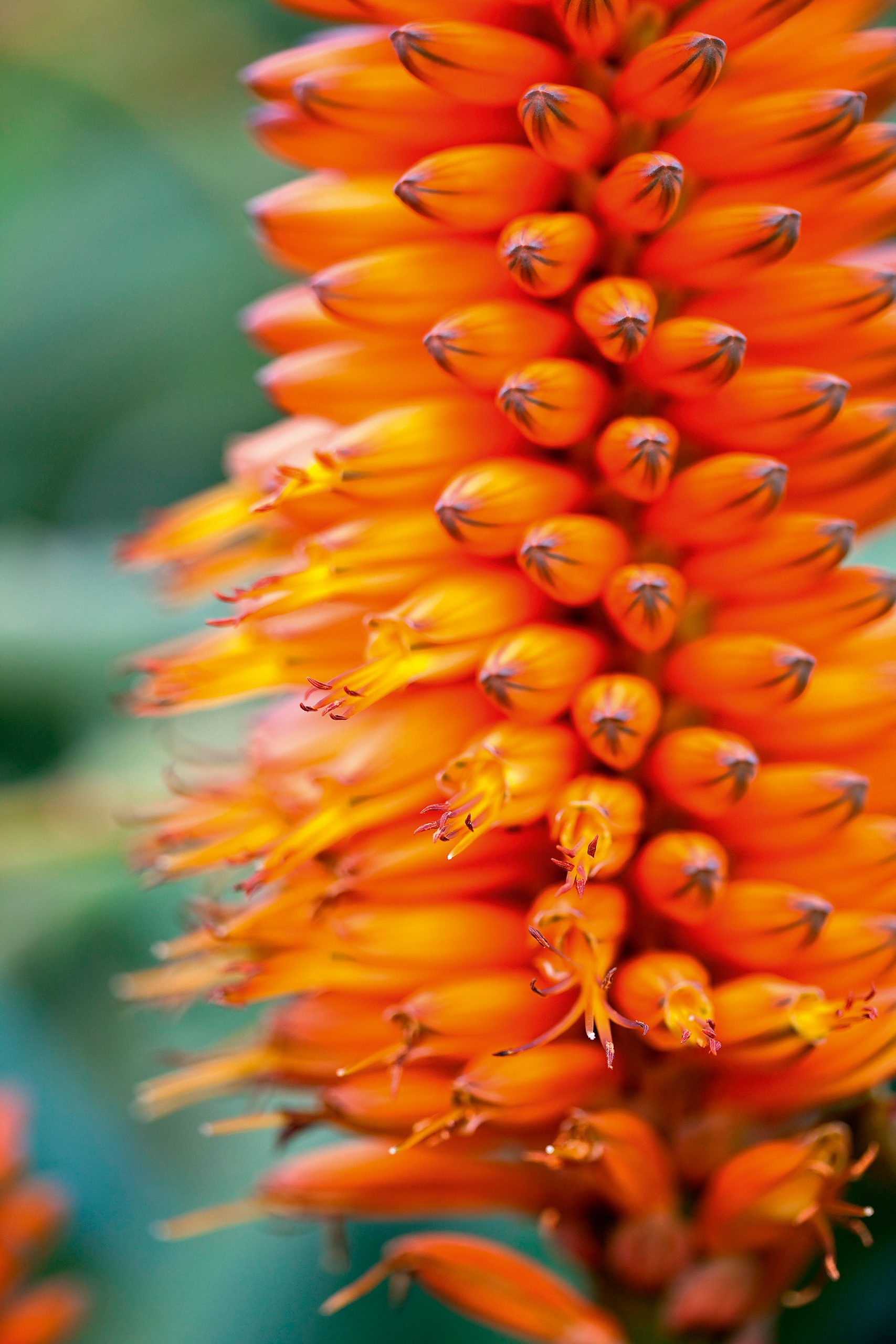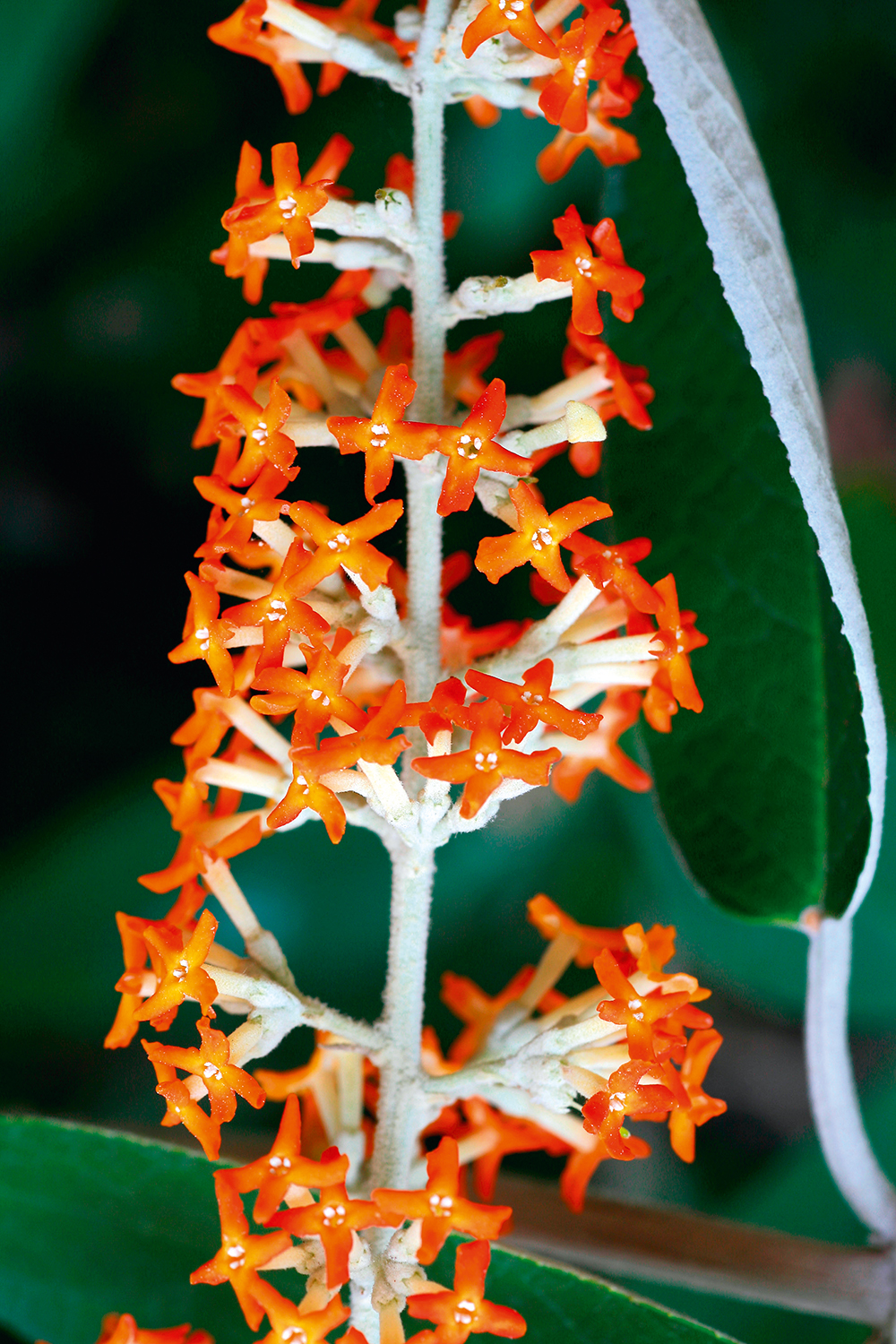Charles Quest-Ritson: The secret to enjoying gardens in beastly cold, deepest winter
Our columnist has a suggestion for enjoying January, albeit one that doesn't involve staying put in England.


It’s deepest winter and beastly cold — January is a depressing month. All one’s efforts are concentrated upon survival. There is nothing to be gained from a ‘good winter walk’ except pneumonia and bronchitis. And making a jolly bonfire will put you in trouble with the anti-pollution police.
The only acceptable activity is to re-read your old gardening books and plan for the future. That means staying indoors and dreaming of spring. Hearty journalists bat on about coloured stems and old cotoneaster berries, but both are better seen from inside the house. That’s the vantage point from which to admire winter jasmine and the first yellow aconites, too, although they are never enough to satisfy the true plant-lover’s thirst for flowers.
Some of our friends get through the worst of winter by gadding off to South Africa or the Caribbean. Well, good luck to them say I — they tend to be the sort who spend more time lolling on the beach than looking at plants and gardens.

My own thoughts run much closer to home, for this is the time of the year when the charms of the Mediterranean reach their peak. Summer is the dormant season there, when their plants switch off and try to survive heat and drought, but the autumn rains bring on the flowers and midwinter offers simple pleasures, such as blue ipomoeas and orange nasturtiums on every patch of wasteland. They are no more than garden escapees, but there is a lot more to enjoy right now in Mediterranean gardens and among the wild plants of the countryside. And visitors are few.
January, indeed, is the month when aloes reach the peak of their opulence — mind you, most flower for at least three months — and mimosa is everywhere to be seen. Winter-flowering buddlejas, such as orange-flowered B. madagascariensis and elegant, sweet- scented B. asiatica, are a delight unknown here. Our ancestors — the rich ones — who spent their winters on the Riviera filled their lungs with the intoxicating fragrance of tea roses, a 19th-century race of elegant, but tender roses seldom seen now in England.

When my uncle lived in Spain, he admired the freesias that flouished in other people’s gardens and thought it would be rather jolly to plant some on his own rocky hillside. He found a nurseryman in the Netherlands who sold freesia corms by weight — and he ordered one kilogram’s worth. Or thought he did. Because, when the package arrived, he discovered that he had ordered not corms, but one kilo of seed. When he had recovered from the shock of the price, he duly scattered the seed over large areas and forgot about them. But not for long, because freesias flower from seed within a year and his garden next winter was an explosion of scent and colour from January to March.
But it is the wild plants of the Mediterranean that are the greatest draw for English gardeners. Swarms of irises, crocus and orchids cover the limestone hillsides of Andalusia. Paperwhite narcissi fill the meadows. Temperatures are in the upper teens and lunch outside is the purest of pleasures on a sunny, windless day. Nor are there wasps and hornets in January to share your good fortune.
Exquisite houses, the beauty of Nature, and how to get the most from your life, straight to your inbox.

One year, we spent New Year with Spanish friends near Carmona. Some of their fields were abandoned olive groves and I pointed out that the olive trees were a haven from which every conceivable pest and disease could attack their modern, cultivated olive plantations. In among the old olives was a wealth of Iris alata, a winter-flowering species that flowers throughout Andalusia (and Sardinia and Sicily, too) from December to March, according to altitude. The flowers are infinitely variable in their markings — I picked a dozen flowers to show to our friends, but they are not botanists and were as puzzled as you would be if a visiting Spaniard picked a handful of dandelions to show you how different they were from each other.
Now is the time to see those irises and narcissi again — to revel in the strong sunlight and the intense greens of the landscapes. Winter in Andalusia is as energising as summer is exhausting. There is nothing to lose. We are only waiting for the Beast from the East to trip off the lips of our weather forecasters before we leap into the car and make for Brittany Ferries — once allowed by latest restrictions, at any rate. We’ll return laden with bottles of wine and olive oil, and the smell of chorizo and jamón ibérico will linger in the car for weeks to come. And we shall be fighting fit to enjoy the pleasures of February and March at home.
Charles Quest-Ritson is a historian and writer about plants and gardens. His books include The English Garden: A Social History; Gardens of Europe; and Ninfa: The Most Romantic Garden in the World. He is a great enthusiast for roses — he wrote the RHS Encyclopedia of Roses jointly with his wife Brigid and spent five years writing his definitive Climbing Roses of the World (descriptions of 1,6oo varieties!). Food is another passion: he was the first Englishman to qualify as an olive oil taster in accordance with EU norms. He has lectured in five languages and in all six continents except Antarctica, where he missed his chance when his son-in-law was Governor of the Falkland Islands.
